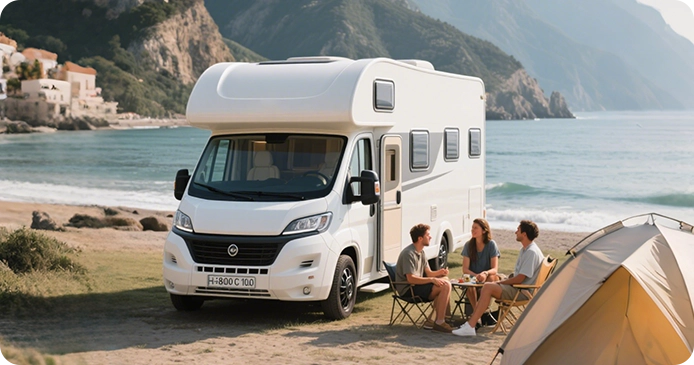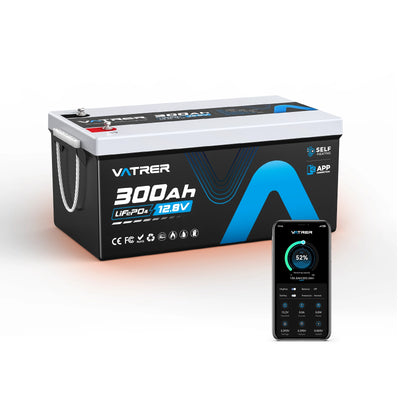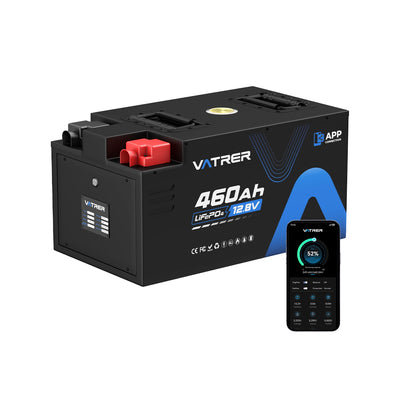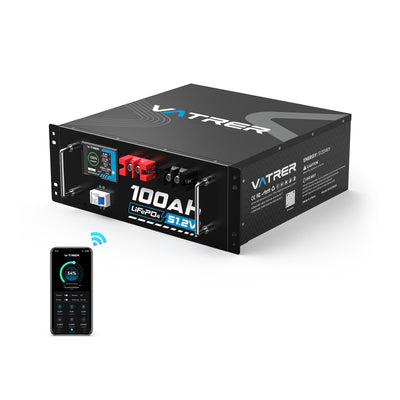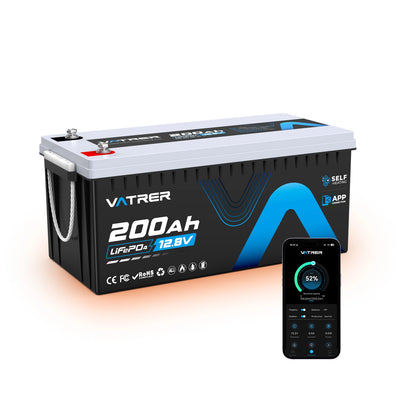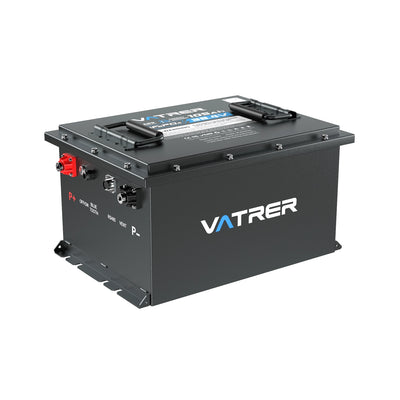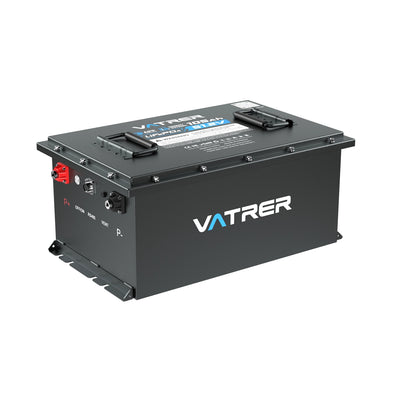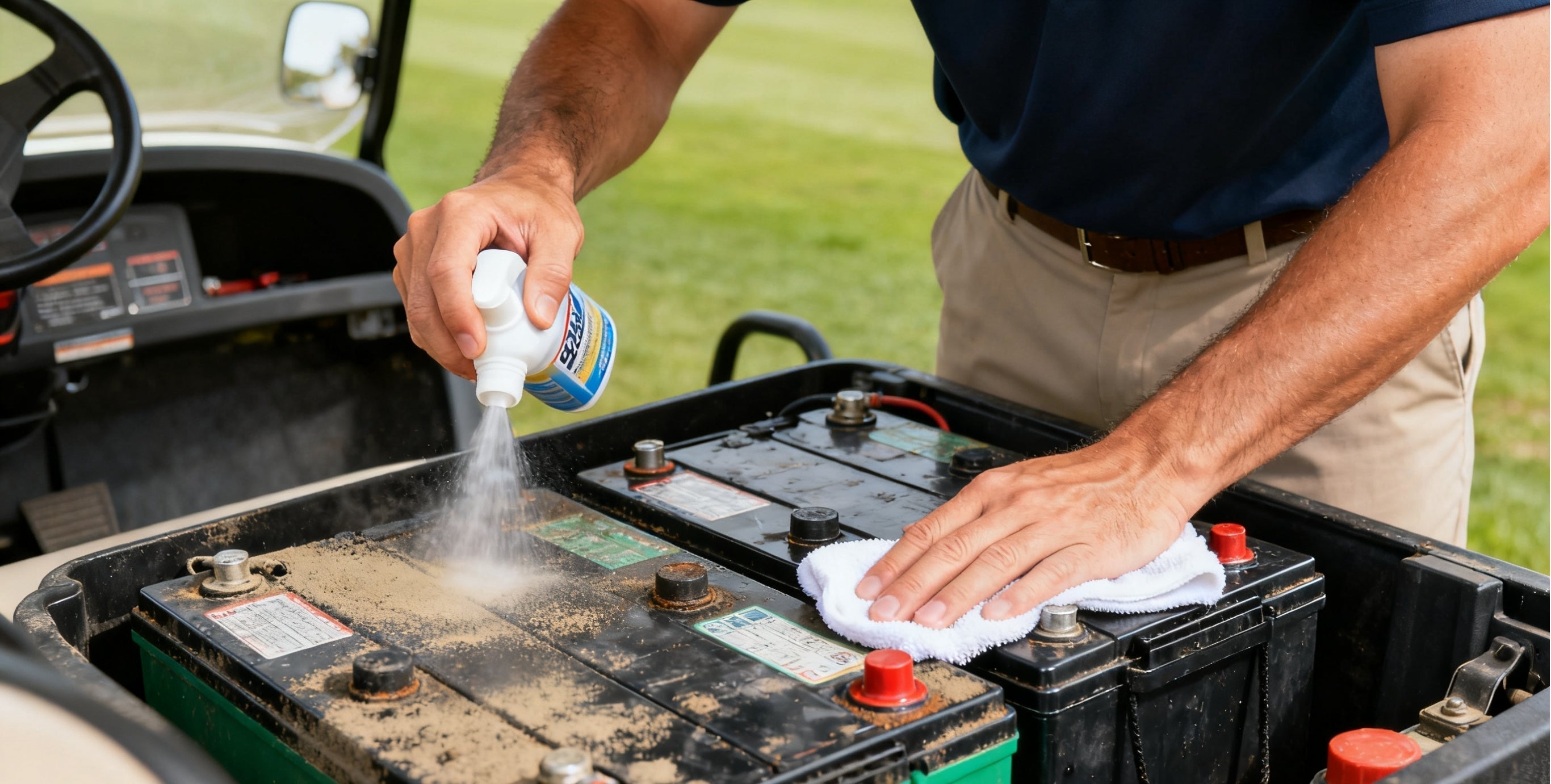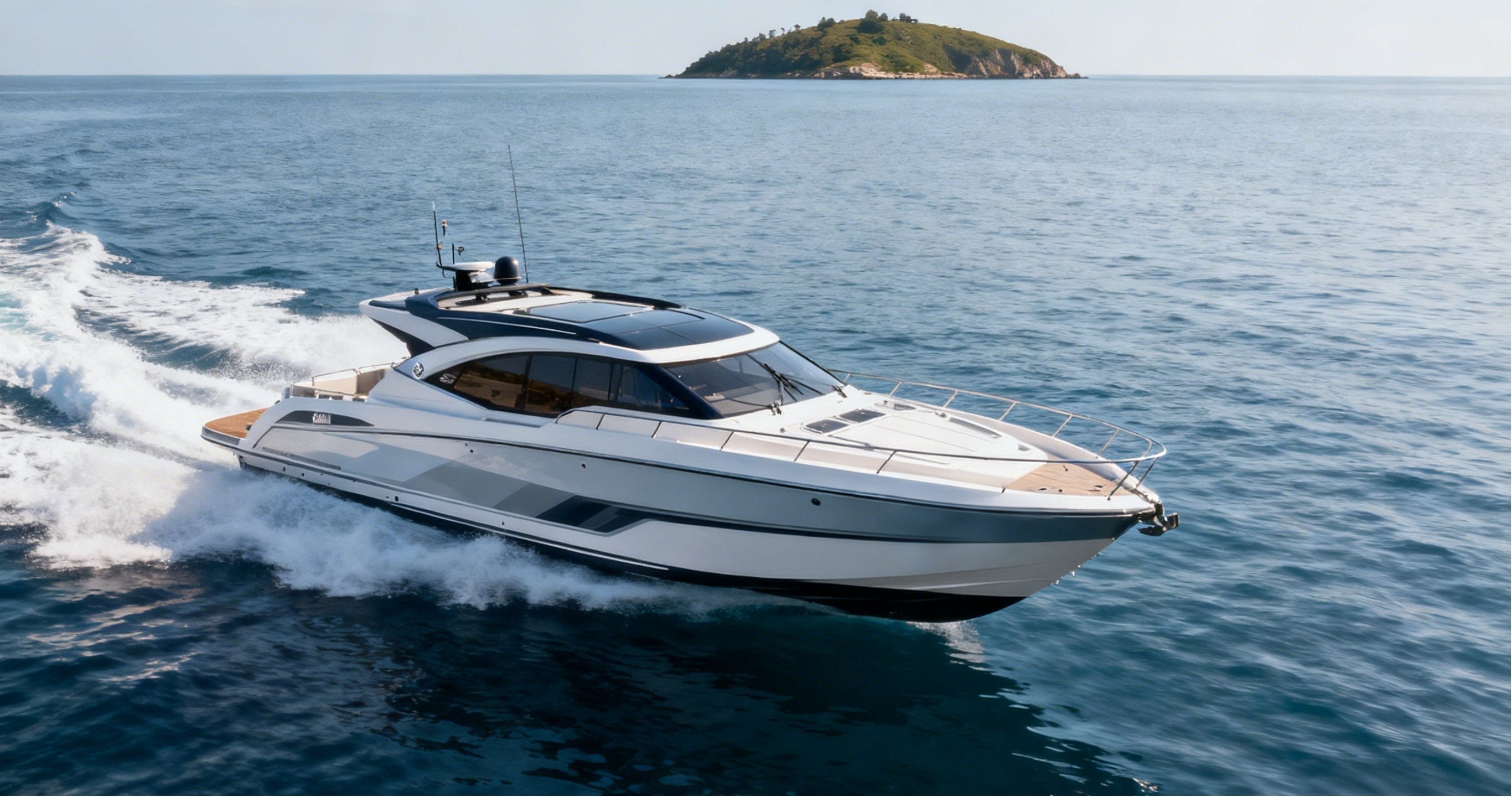
How Long Does a UTV Battery Last
I still remember the moment when my UTV crested a ridge on a remote trail, the motor humming, the sun setting and then the lights flickered out. No tow truck, no cell signal. That moment taught me—your UTV battery life isn’t a nice-to-know, it’s a make-or-break. Over years of swapping packs and learning the hard way, I’ve come to understand how long a UTV battery lasts, what really affects it, and how you can make yours last longer. If you’re considering lithium batteries, switching from older types, or simply want to avoid being stranded, this is for you.

Why UTV Battery Life Matters for Your Terrain Vehicle
Your UTV (Utility Terrain Vehicle) is built for exploration—deep woods, rugged hills, long weekend hunts or farm runs. But when your pack suddenly bites the dust, those moments become miserable. Understanding your battery’s lifespan is crucial for reliability and cost-effectiveness. I personally swapped from a heavier flooded lead acid pack to a lithium pack and saw immediate gains in battery performance—longer run time, lighter weight, better consistency. But I also discovered lifespan hinges on far more than chemistry. This article empowers you to:
- Choose the right battery types for your usage
- Understand what habits and conditions affect battery health
- Learn how to charge your battery and maintain it properly
- Spot when your battery is near end-of-life.
Typical UTV Battery Life: What to Expect
UTV battery life spans can be broadly estimated—but always vary widely based on usage, chemistry, and care.
Here' a more detailed breakdown:
| Battery Type | Typical Lifespan | Notes on Real-World Use |
|---|---|---|
| Flooded lead acid | ~2–3 years | Requires constant maintenance; high self-discharge; heavy. |
| AGM | ~3–5 years (up to ~6–8 years under good care) | Sealed, maintenance-free; better for vibration/rough terrain. |
| Lithium | ~5–10 years or more (4,000–6,000+ cycles depending on model) | Lighter, better performance, low self-discharge; higher upfront cost. |
From my UTV use: the flooded pack in year 3 dropped to ~60 % of original capacity, the lithium pack in year 6 still holds ~80 %. So the chemistry matters—but your habits matter more.
UTV Battery Types: Flooded, AGM and Lithium
Here's a deeper look at what each battery type brings to the table—and for whom each type makes sense.
Flooded Lead Acid
These are the classic style you'll find in older UTVs.
- Pros: Lowest cost.
- Cons: Heavy, needs topping off with distilled water, high self-discharge (I've seen ~10-15 %/month in storage), less tolerant of rough terrain or extreme conditions.
- Real-world outcome: In rugged off-road use, I found one pack dropped noticeably after two winters of usage.
- Best for: Low-budget, light use, easily accessible maintenance.
AGM (Absorbed Glass Mat Batteries)
A sealed improvement over flooded lead acid.
- Pros: Maintenance-free (no topping off), more resistant to vibration and moderate temperature shifts, better self-discharge profile.
- Cons: Still lead-acid chemistry (so fewer cycles than lithium), heavier.
- Best for: Moderate use UTVs where you want less fuss but you're not chasing ultra-longevity.
Lithium (LiFePO4 / Lithium Batteries)
This is where I switched—and never looked back.
- Pros: Significantly lighter (improves handling), extremely low self-discharge (1-3 %/month typical), high cycle life (many models 4,000+ cycles) and better performance under load and in varying terrain, charges faster.
- Cons: Higher upfront cost, cold weather charging can be tricky (below ~32°F charge protection required).
- Best for: Long-term ownership, heavy use, rough terrain, minimal maintenance.
What Affects UTV Battery Life: Terrain, Temperature, Discharge & Habits
Even with a top-tier lithium pack, your battery's life can be shortened if you ignore key variables. These are the factors I track closely—and what I do to mitigate them.
| Factor | How It Impacts Life | Actionable Tip |
|---|---|---|
| Usage Frequency & Depth of Discharge (DoD) | Frequent deep cycles wear out cells faster; shallow cycles extend life. | Try to avoid full 0–% drains; keep ride cycles moderate. |
| Terrain & Environment | Heavy loads, steep hills, and loose surfaces increase draw; extreme heat accelerates chemical aging; cold weather reduces output. | Use smoother trails when possible; store UTV in shade; pre-warm the pack in cold climates. |
| Charging Habits | Overcharging or long intervals at 100% plus leaving in heat shorten cell life; using incorrect chargers is risky. | Charge when around 20–30% remaining; once fully charged unplug; use smart charger. |
| Maintenance & Storage | Dirt, corrosion, poor connections increase resistance; long storage in harsh conditions damages cells. | Clean terminals; store in a cool, dry place; use a battery maintainer during off-seasons. |
| Technology & Build Quality | Better cells and BMS give better protection and longer life. | Choose reputable brands; check specs like discharge rate, protection features. |
Extra insight: Charging to 100 % and then leaving the pack in hot conditions is one of the fastest ways I've seen lithium packs degrade. By contrast, shallow cycles (e.g., 20-80%) often lead to much better long-term lifespan.
Charge and Maintain a UTV Battery the Right Way
This is where many users trip up—but also where you can gain the most value.
Confirm Your UTV's Voltage System
Most traditional gas UTVs use a 12V system, many modern electric or high-performance UTVs run 48V, 72V or even higher.
If you plug the wrong charger into the wrong system, you risk damage or shortened life. Always check specs first.
Proper Charging Methods
- Use a smart charger matched to your battery chemistry—for lithium packs, look for LiFePO4-compatible chargers.
- A trickle charger is useful for lead acid, but not recommended for lithium unless the manufacturer allows it.
- My rule: “Charge when ~20-30 % remaining, disconnect when 100 %.” Keeps stress lower.
- For lithium packs like my Vatrer I use, they include low-temperature charging cut-off (important for cold weather).
- On gas-engine UTVs with alternators, that alternator will recharge the 12V battery while engine runs—but on pure electric UTVs there is no alternator, you must plug in. Clarify this to avoid confusion.
Off-Season / Storage Care
- If storing your UTV for months: remove the battery or leave it connected with a proper maintainer, in a cool, dry environment.
- For lithium: store at ~40-60 % state of charge (SOC) and avoid extreme temperatures.
- For lead acid: connect a battery maintainer to prevent sulfation or deep discharge.
- Ensure terminals are clean, tight and free of corrosion.
Maintenance Checklist
- Clean battery terminals (I use baking soda + water + brush) to reduce resistance.
- Ensure all connections are tight (loose ones raise internal resistance, reduce battery performance).
- Monitor for signs like swelling, unusual heat, or increasing discharge rate.
- If your pack has Bluetooth monitoring or an app (some like Vatrer do) then track its data regularly.
UTV Battery End-of-Life Signs: When Diminished Range Means It's Time
No matter how careful you are, every battery deteriorates. Here are the real-world warning signs I noted:
- Full-charge range dropping significantly (for example, used to run 40 miles, now 25 miles).
- Charging taking longer than usual, or pack not reaching full voltage or capacity.
- Warning lights or control-panel error codes related to battery system.
- Sudden power loss on terrain (especially steep climbs) or reduced acceleration (linked to higher internal resistance).
- Physical signs—battery case bulging, surface heat during/after run, faster drop in voltage under load.
Bonus check: If you see any of these, also check non-battery factors (loose terminals, motor controller issues, excessive accessory load). Sometimes what appears to be battery failure is actually a wiring fault.
Choosing a Long-Lasting UTV Battery
After using flooded and AGM packs, I switched my main UTV pack to lithium—and the difference was clear. If you plan to keep your UTV for several seasons, use it off-road regularly, or operate in rough terrain, investing in a quality lithium pack pays off.
Here's why:
- Much higher cycle life (many models of lithium quote 4,000+ cycles) versus ~300-500 for typical lead acid.
- Lighter weight improves handling (important in rough terrain).
- Lower self-discharge means it sits ready longer (ideal if you ride sporadically).
- Fewer maintenance tasks—no topping off water, less frequent full replacements.
My Vatrer UTV battery I selected offers a built-in 300A BMS, 5,000 + cycles, low-temperature protection (important for cold weather use) and strong discharge capabilities.
While not cheap, the long-term cost and stress savings (fewer replacements, less downtime) make it a reasonable choice for serious terrain vehicle use.
What Factors Affect the Lifespan of UTV Batteries?
Here is a useful checklist—follow these steps to effectively extend your battery life:
- Select the right chemistry. If you plan heavy use or long-term ownership, go lithium, if light use and budget is tight, AGM is a solid compromise.
- Charge smart. Use correct charger, avoid full 100% holds in hot environment, avoid 0% deep discharge.
- Store correctly. Put your pack in a cool, dry place when idle, for lithium, ~40-60% SOC, for lead acid, connect a battery maintainer.
- Maintain terminals and connections. Cleaning and tightening now avoids internal resistance and capacity loss later.
- Monitor environment. Avoid extreme cycles of extreme heat or cold weather without protections, pre-warm or shade accordingly.
- Watch accessories load. Winches, lights, sound systems can draw large current—upgrade pack or limit use accordingly.
- Track performance metrics. If you measure range drop, slower charging, or unusual heat, plan for replacement before you're stranded.
Conclusion
In the end, the lifespan of your UTV battery depends less on luck and more on choices—what battery type you choose, how you use it, how you care for it, and how well you match it to your terrain vehicle’s demands. Flooded lead acid might give you ~2–3 years. AGM offers ~3–5 years. A well-maintained lithium pack can see 5–10 years or more.
Investing in a quality lithium pack like the Vatrer not only improves performance but reduces stress and cost over time. Pair that with smart charging, consistent maintenance, proper storage, and you’ll enjoy more trails, fewer breakdowns, and better value from your UTV.
Your next ride shouldn't be a gamble on battery life. Make that ridge climb, that forest trail, or that empty field run—knowing your lithium UTV battery is ready, safe, and built to last.
FAQs
AGM vs. Lithium for a UTV: Which Should i Choose?
Choose AGM if: you ride occasionally, want a sealed maintenance-free option, and have a tighter budget. AGMs tolerate vibration better than flooded lead acid and are simpler to own.
Choose lithium if: you want longer battery life, lower weight, a stronger discharge profile for steep climbs and accessories, and a pack that charges faster. Lithium's lower self-discharge rate means the UTV is more likely to be ready after weeks of downtime.
How Do Cold Weather And Extreme Heat Affect UTV Battery Life And Performance?
- Cold weather: capacity and peak power dip, for LiFePO4, avoid charging below 32°F unless your pack has low-temperature charging protection or an internal heater. Warm the pack first or charge in a warmer space.
- Extreme heat: accelerates aging across all chemistries, especially when the battery is stored fully charged. Avoid leaving a fully charged pack in a hot trailer or truck bed. Shade the vehicle, ventilate the compartment, and don't store at 100% in heat.
How Should i Store My UTV For a Month Or a Season Without Hurting The Battery?
- Environment: cool, dry place, avoid moisture and temperature extremes.
- Lithium: store at ~40-60% SOC, check monthly or quarterly.
- Lead-acid: keep fully charged and on a battery maintainer to prevent sulfation.
- Hardware: clean and tighten terminals, disconnect parasitic loads, inspect for corrosion after storage.
Small habit, big payoff—label the storage SOC and date on a piece of tape on the case.
How Do i Tell If The Battery Is The Problem Or Something Else?
- Connections first: check for loose terminals, oxidation, frayed cables—these raise resistance and mimic a “weak battery.”
- Accessory load: winch, light bars, and audio can spike draw, test a ride with accessories off.
- Voltage & internal resistance: a simple meter plus your battery app (if available) can show unusual voltage sag or rising internal resistance.
- Controlled test ride: fully charge, ride a known loop, compare watt-hours or miles vs. historical notes.
- Charger profile: verify you're using the correct profile for AGM vs. LiFePO4, wrong profiles under- or over-charge.
If two or more checks point to the pack (abnormal sag, slower charging, swelling/heat), plan a replacement before you get stranded.
Is It Worth Upgrading to a Larger Capacity Lithium UTV Battery?
Often, yes. A larger UTV lithium battery not only extends runtime but also reduces depth of discharge per ride, which boosts cycle life. The stronger continuous discharge rate helps with hill climbs and accessory spikes (winch, lights). Look for:
A robust BMS (over-current, over/under-voltage, and low-temperature charging cut-off).
Honest continuous and peak current ratings (not just marketing peak).
Real warranty terms and accessible support.
Packs from Vatrer battery pair high cycle life with protections (BMS, low-temp charging safeguards) and app monitoring. If you ride hard or infrequently, that blend of protections and low self-discharge keeps the UTV ready without babysitting.
Teilen






































































